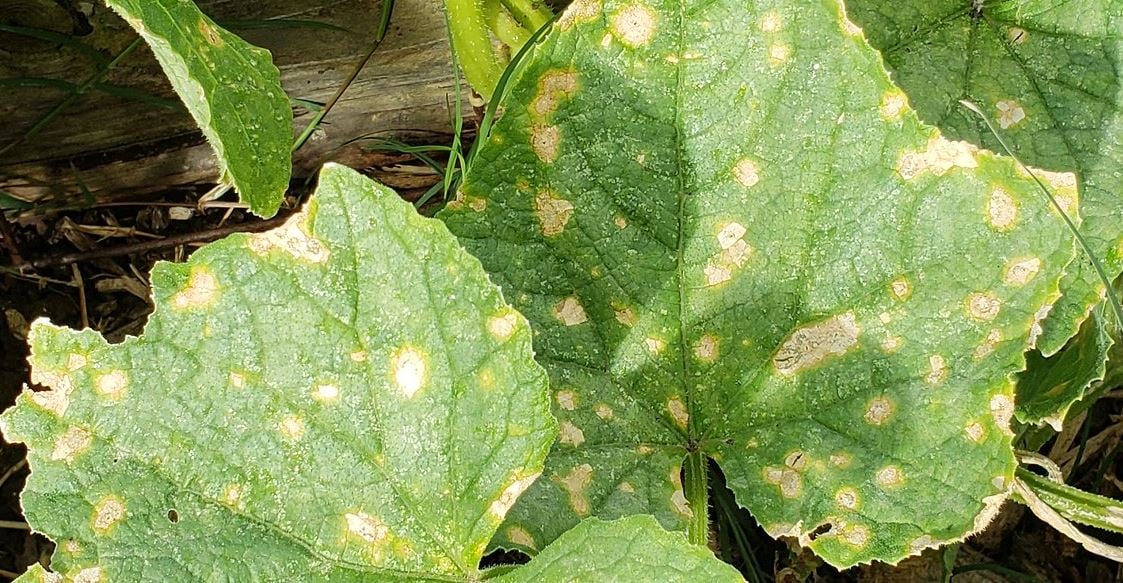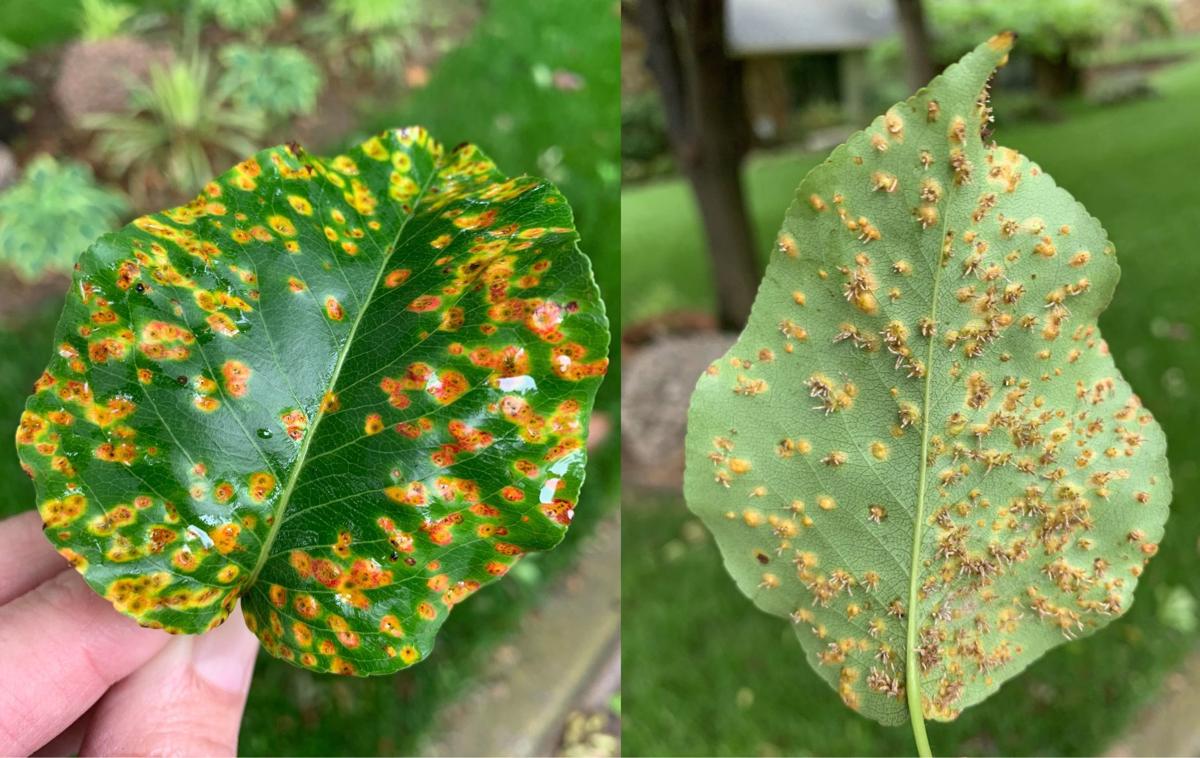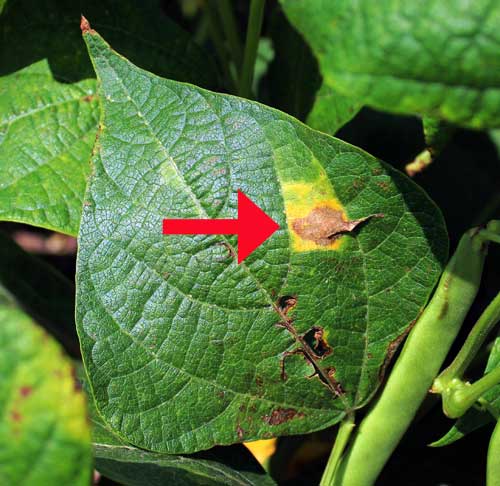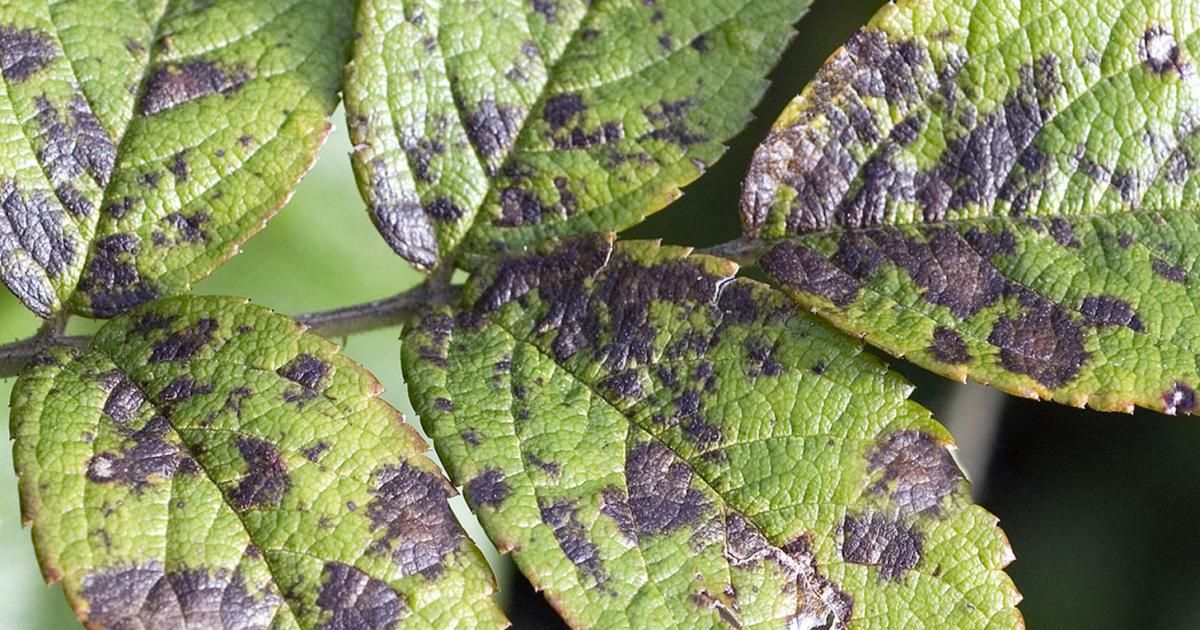Those wheat plants are sick. Allow soil to dry out between waterings.
 4 Common Fungal Diseases And How To Manage Them Triblive Com
4 Common Fungal Diseases And How To Manage Them Triblive Com
The following is a list of some of the major plant diseases grouped by type of causative agent and ordered.

Fungal infections in plants. When choosing planting sites avoid cool stagnant moist conditions as these encourage fungal growth. Infectious plant diseases are caused by bacteria fungi or viruses and can range in severity from mild leaf or fruit damage to death. Fungi are the most important group of pathogens on plants from an economic point of view.
Wheat leaf rust is caused by a fungus and like many fungi it spreads from place to place in tiny particles called spores. Birds-eye spot on berries anthracnose Damping off of seedlings phytophthora. Symptoms of fungal infections include leaf spots septoria brown spot and Chlorosis yellowing of leaves.
Seven plant viroids representing viroid groups that replicate in either the nucleus or chloroplast of plant cells were inoculated to three plant pathogenic fungi Cryphonectria parasitica Valsa mali and Fusarium graminearum By transfection of fungal spheroplasts with viroid RNA transcripts each of the three hop stunt viroid HSVd iresine 1 viroid and avocado sunblotch viroid can. Fungi live outdoors in soil and on plants and trees as well as on many indoor surfaces and on human skin. Leaf rust common leaf rust in corn Stem rust wheat stem rust Sclerotinia white mold Powdery mildew.
They have a disease called wheat leaf rust. How to Naturally Kill Fungus on Plants Step 1. It Is Important To Control Fungal Disease Early.
Michigan State University Extension confirms that fungal pathogens are behind 85 percent of all plant disease. They damage plants by killing cells andor causing plant stress. When wheat rust spores land on the leaves of a healthy wheat plant that plant can become infected.
The study documented 67 medicinal plants distributed among 27 families and 51 genera used to treat fungal and bacterial infections in and around Queen Elizabeth Biosphere Reserve in western Uganda. Grow plants in areas that receive ample sunlight and drainage. Not included are ectoparasites like insects mites vertebrate or other pests that affect.
Fungi are spread by wind and water splash and through the movement of contaminated soil animals workers machinery tools seedlings and other plant material. Other types of plant fungus may present a birds-eye spot on berries anthracnose or damping-off of seedlings phytophthora. Most remedies to protect your plants from fungal growth are proactive not reactive.
Prepare a solution of 1 part 3-percent hydrogen peroxide and 9 parts water in a spray bottle. Sources of fungal infections are infected seed soil crop debris nearby crops and weeds. Fill a spray bottle with 1 part skim milk to 9 parts water.
Most fungi are not dangerous but some types can be harmful to health. Leaves may have sings of sclerotinia white mold or powdery mildew on the top. The most common garden offender is fungal disease.
It does not affect the roots and crown of the grass so it is also known as Foliar disease. Here are a few examples of common signs and symptoms of fungal bacterial and viral plant diseases. In mid to late summer.
As unattractive as powdery mildew is it is not fatal to plants although repeated infections of this disease can gradually weaken a plant. Fungal diseases are often caused by fungi that are common in the environment. How to Prevent Treat Plant Fungus.
Plant pathology is the scientific study of diseases in plants caused by pathogens and environmental conditions. Patches of brown and yellow color appear on the lawn in irregular shapes. Most vegetable diseases are caused by fungi.
This results in part from the fact that fungi are extremely varied in the ways they attack plants. The highest numbers of species were from Families Lamiaceae 13 and Asteraceae 11. Fungal pathogens wait in soil sneak up on new plants and even bide their time on pruning shears before seizing opportunities to strike.
Organisms that cause infectious disease include fungi oomycetes bacteria viruses viroids virus-like organisms phytoplasmas protozoa nematodes and parasitic plants. Fungi along with bacteria serve as the planets decomposers by breaking down organic material in nature while many form healthy symbiotic relationships with plants in the soil. Fungal Diseases of Plants BROWN PATCH It is a turfgrass disease caused by different species of the Rhizoctonia fungus.
Infected areas can turn yellow or brown and dead foliage can fall off of the stem. Spray the milk solution on the plants liberally to.
 Anthracnose Fungal Disease In Plants Gardener S Supply
Anthracnose Fungal Disease In Plants Gardener S Supply
 Master Gardener Cool Moist Spring Perfect For Fungal Diseases In Plants Home Garden Tulsaworld Com
Master Gardener Cool Moist Spring Perfect For Fungal Diseases In Plants Home Garden Tulsaworld Com
 A List Of Common Types Of Plant Fungus Lovethegarden
A List Of Common Types Of Plant Fungus Lovethegarden
 Examples Of Common Fungal Diseases Of Plants A Rust On Flax Linum Download Scientific Diagram
Examples Of Common Fungal Diseases Of Plants A Rust On Flax Linum Download Scientific Diagram
 Fungal And Fungal Like Diseases Of Plants Ohioline
Fungal And Fungal Like Diseases Of Plants Ohioline
 How To Treat Plant Fungus With Baking Soda
How To Treat Plant Fungus With Baking Soda
 Signs And Symptoms Of Plant Disease Is It Fungal Viral Or Bacterial Field Crops
Signs And Symptoms Of Plant Disease Is It Fungal Viral Or Bacterial Field Crops
 Cancer Fighting Drugs Also Help Plants Fight Disease Science Research News Frontiers
Cancer Fighting Drugs Also Help Plants Fight Disease Science Research News Frontiers
ads

